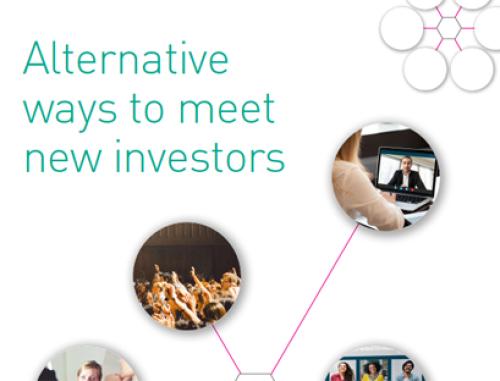A mortality rate is defined as the proportion of deaths that occur in a given area (country, community, province, municipality) in relation to its total population in a given year. To calculate the mortality rate, we have to divide the number of deaths in a period by the average population in that period.
If we apply this concept to the number of companies expected to go public in 2024, the mortality rate is close to 100 percent – at least for smaller companies.
After the drought of IPOs in 2023 – geopolitical uncertainties and high inflation each took their toll – 2024 pointed to an avalanche of IPOs.
In Spain, names such as Astara Mobility, HotelBeds, Ok Mobility, Cirsa, Restaurant Brands Iberia, Tendam or Europastry talked about as possible candidates for a stock market debut. The reality before the holidays is that only Puig Brands, the company with the highest value, has managed to go public.

The situation is similar elsewhere in Europe, with several cancellations, such as that of the well-known Golden Goose trainers brand and the electric car company Ampere. Other companies have managed to go ahead, such as the German perfume retailer Douglas. However, its poor performance, with a fall of around 30 percent since its debut in March, has cooled other operations
Expectation vs willingness to pay
An IPO is always cancelled for the same reason: the valuation expectation of the seller is higher than the reality of the price that potential buyers are willing to pay. In some cases, there is no buying price at all.
There are several factors that shape seller expectations. If the company is a family group seeking financing for further growth or to provide liquidity to one of the founders, the decision to exit is easier. Even at a price slightly below their expectations or the valuations presented by usually over-optimistic investment banks, they would obtain very substantial liquidity and will normally still control the majority of the capital. This control is reinforced by the possibility to take out two types of shares, with different voting rights – as in the recent case of Puig Brands – a system that undermines corporate governance and the equal rights of shareholders. However, given the drought of IPOs, even the London Stock Exchange, historically reticent about this mechanism, has now authorized such dual-class shares.
In other cases, such as Tendam, Europastry, Astara or Golden Goose, the reference shareholders include a private equity fund. In these cases, price sensitivity is higher. On the one hand, the sale price determines the profitability of their investment. In some companies the funds have been invested longer than initially planned, with the resulting lower rate of return and so need a higher exit price.
On the other hand, they usually need to exit in two phases. It is very difficult for a buyer to come in if one of the reference partners sells its entire stake. For an equity fund, therefore, the share price performance post IPO is as crucial as the IPO exit price. A good performance will allow it to sell the rest of its stake in the future. The fund will closely scrutinize the quality of the buyers. If the purchase orders are for small amounts, limited in price or come from a lot of hedge funds, it might well cancel the hypothetical IPO.
Size matters
On the buyers' side, factors such as valuation, but also sector, profitability, growth, liquidity and size of the company play a role in shaping the price they are willing to pay. In today's stock market, size matters – a lot.
When a company is valued at €2 bn but is only going to sell 30 percent of its capital on the stock exchange, we are talking about a ‘free float’ – the amount that can be bought and sold – of only €600 mn. This is a very small amount for big funds, which do not want to run the risk of buying large positions that will take them many days to sell on the market, dragging the price down.
Due to their smaller size, these companies also have less analyst coverage and are unlikely to form part of the main stock market indices.
According to a recent report by Berenberg Bank, in the first six months of 2024, there have been 17 IPOs in Europe of more than €50 mn, worth €11.5 bn – a five-fold increase on the figures for 2023. Just over 60 percent of that amount is concentrated in just three deals: Puig Brands, CVC and Galderma, with Puig Brands being the largest IPO in Europe at just over €2.6 bn.
This means the average size of the remaining exits has barely exceeded €300-400 mn.
Buying shares in a new company always involves an opportunity cost for the investor: a greater uncertainty than buying shares in other well-known companies with a better-known track record. For this reason, they have become much more demanding. The possible lack of liquidity means that higher discounts on IPO prices compared to the valuations of comparable companies already listed. Higher interest rates also cause investors to be stricter about the levels of debt or cash generation of these companies.
All this makes for a very complicated scenario for smaller companies. Let us hope that, on returning from the summer, the climate will be more favorable to reactivating a stock market in which delistings have outnumbered new incorporations in recent years.
Working in IR is becoming increasingly complicated as the supply of public companies dwindles.
Ricardo Jiménez Hernández is strategic adviser at Harmon and a former director of investor relations at Ferrovial. He is also a member of the IR Magazine editorial board.









